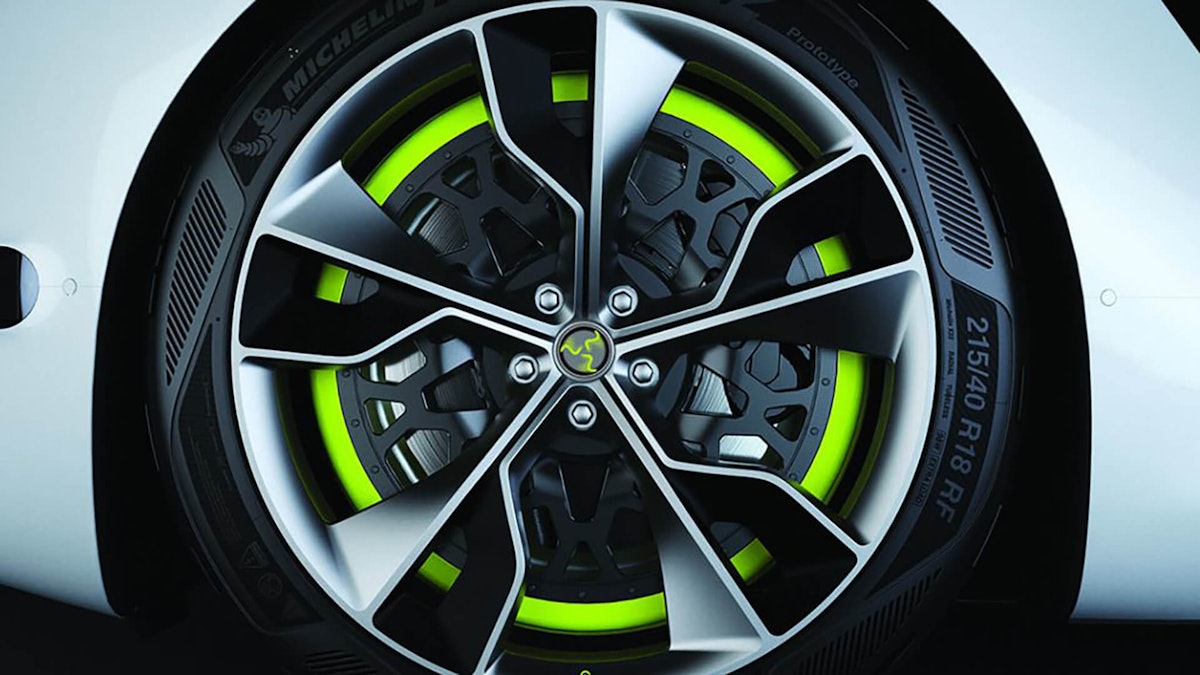Table of contents
Browse categories
Browse authors
 AB
ABAlberto Boffi
 AL
ALAlessia Longo
 AH
AHAl Hoge
 AB
ABAljaž Blažun
 BJ
BJBernard Jerman
 BČ
BČBojan Čontala
 CF
CFCarsten Frederiksen
 CS
CSCarsten Stjernfelt
 DC
DCDaniel Colmenares
 DF
DFDino Florjančič
 EB
EBEmanuele Burgognoni
 EK
EKEva Kalšek
 FB
FBFranck Beranger
 GR
GRGabriele Ribichini
Glacier Chen
 GS
GSGrant Maloy Smith
 HB
HBHelmut Behmüller
 IB
IBIza Burnik
 JO
JOJaka Ogorevc
 JR
JRJake Rosenthal
 JS
JSJernej Sirk
 JM
JMJohn Miller
 KM
KMKarla Yera Morales
 KD
KDKayla Day
 KS
KSKonrad Schweiger
Leslie Wang
 LS
LSLoïc Siret
 LJ
LJLuka Jerman
 MB
MBMarco Behmer
 MR
MRMarco Ribichini
 ML
MLMatic Lebar
 MS
MSMatjaž Strniša
 ME
MEMatthew Engquist
 ME
MEMichael Elmerick
 NP
NPNicolas Phan
 OM
OMOwen Maginity
 PF
PFPatrick Fu
 PR
PRPrimož Rome
 RM
RMRok Mesar
 RS
RSRupert Schwarz
 SA
SASamuele Ardizio
 SK
SKSimon Kodrič
 SG
SGSøren Linnet Gjelstrup
 TH
THThorsten Hartleb
 TV
TVTirin Varghese
 UK
UKUrban Kuhar
Valentino Pagliara
 VS
VSVid Selič
 WK
WKWill Kooiker
Operational Transfer Path Measurements and Analysis

As a developer of in-wheel powertrains, Elaphe Propulsion Technologies Ltd. has to make sure that its powertrain does not emit excessive vibrations, that will result in structure-borne noise. Since vehicle suspension is typically not considered to perform as a motor insulation system, there is a lack of knowledge on specific vibration insulation properties, especially in higher frequencies excited by the electrical powertrain.

Analysis of the transfer path from the in-wheel motor to cabin noise
Elaphe, based in the Slovenian capital, Ljubljana, is a company focusing on innovation, research and development of in-wheel motors for electric vehicles. Elaphe has produced several generations of in-wheel motor prototypes that are being tested on more vehicles. These vehicles and motors have served as showcases for customers and shown how to meet the automotive industry's standards and regulations. Elaphe is on the way to meet serial production demands by Tier 1 suppliers and OEMs.
The issue - vibration control
Control of motor vibration is very important since it results in structure-borne motor noise, which can compromise passenger comfort. When developing motors to emit low vibration levels, some degree of vibration insulation is needed. To understand what can be solved by the vehicle design and what needs to be solved on the motor level, transfer path analysis on mule vehicles during the operation was performed.
Elaphe used its mule cars to study the role of vehicle suspension systems and to determine how vibrations from the in-wheel motors are transferred to the vehicle. The results are used in further product development as well as in communication with customers since in several cases the overall experience did not meet the customer expectations.
Testing equipment
The equipment used was Dewesoft Sirius slices connected to various sensors - accelerometers, microphones, human-controlled inputs - and vehicle CAN. One Sirius was used for regular NVH measurements, which were performed on more than a dozen of vehicles in-house and at clients to evaluate NVH performance. For extended testing three synchronized Sirius slices powered by battery were used on a single mule vehicle, as modifications of the powertrain and suspension tuning had been performed.
Typically, one SIRIUS was used for regular NVH measurements, which were performed on more than a dozen of vehicles in-house and at clients to evaluate NVH performance. For extended testing, three synchronized SIRIUS slices powered by battery were used on a single mule vehicle, as modifications of the powertrain and suspension tuning had been performed.
Measurements
All the measurement equipment had to be mounted and connected to the vehicle in a secure and reliable way since the vehicle was operational. Several sensors had to be mounted below the chassis and also on the unstrung mass and suspension components. The acquisition system had to be powered offshore. While Dewesoft enables direct power supply from the vehicle's low voltage system, for the most sensitive measurements a Dewesoft battery source was used, not to introduce any line noise from low-quality vehicle power supply or portable power converters.
Measurements of the noise and vibration levels on the in-wheel motors, on the chassis, and in the cabin, during on-track operation, were recorded. The data collected were post-processed to reveal the amount and spectra of intrinsic vibration that penetrated the vehicle resulting in-cabin noise.
Elaphe now has a much better understanding of the most problematic frequencies and working points that need to be addressed on the motor level. They also discovered issues on vehicles, that need to be addressed to improve customer experience. The measurements enabled Elaphe to set the guidelines on how to address the NVH issues, they have already resolved many of them and are working on the remaining.
Conclusion
Elaphe made significant changes to motor control algorithms and started collaborations with companies specialized in suspension system development. The measurements were used to evaluate the progress and Elaphe managed to eliminate practically all powertrain contributions to the cabin noise.
This overall test gave the company confidence in product quality and an advantage in communication with customers since they can present the viability of their solutions, and all the improvements that were identified and already performed. It also places Elaphe in a better position in the in-wheel market as a development partner due to obtained know-how on the system level.
Fast learning curve, the ability to use the equipment, we are familiar with from other measurements and support from Dewesoft, mostly by lending additional equipment for the most demanding measurements, enabled us to identify and characterize the critical operating conditions. Based on this Elaphe could set an efficient strategy for NVH reduction and monitoring of the progress.